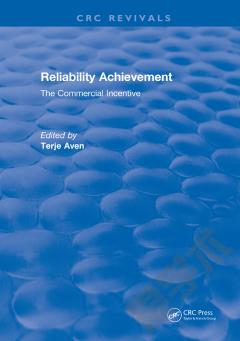Fiduciary Loyalty —— Protecting the Due Performance of Non-Fiduciary Duties
----- 信托的忠诚:保护无信托职责的到期履行
1 Prologue 2 Points of Departure I. Form of Analysis II. Subject Matter of Analysis A. Historical Analogies B. Modern Approach i. Genesis and Gestation ii. Justification 1 3 Peculiarly Fiduciary Duties I. Duty to Perform the Task Undertaken II. Duties of Care and Skill III. Conflict and Profit Principles IV. Good Faith V. Proper Purposes Doctrine VI. Fiduciary Powers VII. Duty to Act in Good Faith in the Principal's Best Interests 4 Fiduciary Loyalty I. Introduction II. Subsidiary Prophylactic Protection A. Protective Function B. Prophylaxis C. Subsidiarity III. Remedies A. Rescission and Profit-Stripping i. Rescission ii. Accounts of Profits and Constructive Trusts iii. Connection with Fiduciary Protection B. Compensation for Loss i. Availability ii. Causation and Loss iii. Connection with Fiduciary Protection IV. Critics 5 Fiduciary Doctrine and Morality I. General Observations II. The Argument from History III. The Profit Principle A. Existence of the Profit Principle B. Relationship to the Conflict Principle IV. The Fair-Dealing Rule A. The Self-Dealing Rule B. The Fair-Dealing Rule i. References to 'Fairness' ii. Non-Critical Relevance of 'Fairness' iii. Fairness as Evidence of Full Disclosure iv. Relationship to the Self-Dealing Rule and Conflict Principle V. The Corporate Opportunity Doctrine 6 Conflicts between Inconsistent Duties I. Origins II. Content and Function A. Potential Conflicts B. Actual Conflicts C. Inhibition i. Pattern of Liability ii. Function III. Remedies A. Stopping Further Action B. Rescission of Resultant Transaction C. Forfeiture of Fees and Other Profits i. Fees Paid by the Non-claimant Principal ii. Fees Paid by the Claimant Principal D. Equitable Compensation i. Availability and Function ii. Identifying Loss iii. Contributory Fault 7 Implications I. Scope of Fiduciary Duties II. The Vital Nature of Non-fiduciary Duties A. Consequence of the Protective Function B. Potential Counter-examples i. Preventing Circumvention of Fiduciary Protection ii. Solicitors Cases iii. Negotiations towards Joint Ventures iv. Bare Trusts III. Proscriptive Duties IV. Authorisation V. Critiques of Fiduciary Doctrine 8 Conceptual Affinities I. Contract and Fiduciary Doctrine II. Torts and Fiduciary Doctrine A. Fiduciary Doctrine and Negligence B. Surrogacy for Tort Law Generally i. Cause of Action Surrogacy ii. Civil Wrongs III. Undue Influence and Confidence A. Undue Influence B. Confidence 9 The Incidence of Fiduciary Duties I. Academic Commentators A. Acting on Behalf of Another B. Discretion and Power C. Reasonable Expectations D. Limited Access II. Turning Theory into Practice A. Judicial Applications B. Relevant Considerations 10 Epilogue
{{comment.content}}








 京公网安备 11010802027623号
京公网安备 11010802027623号